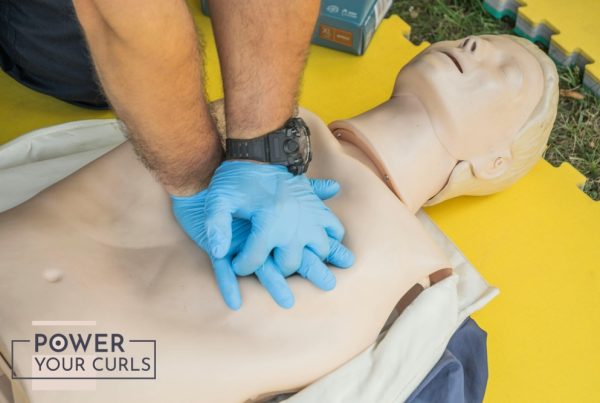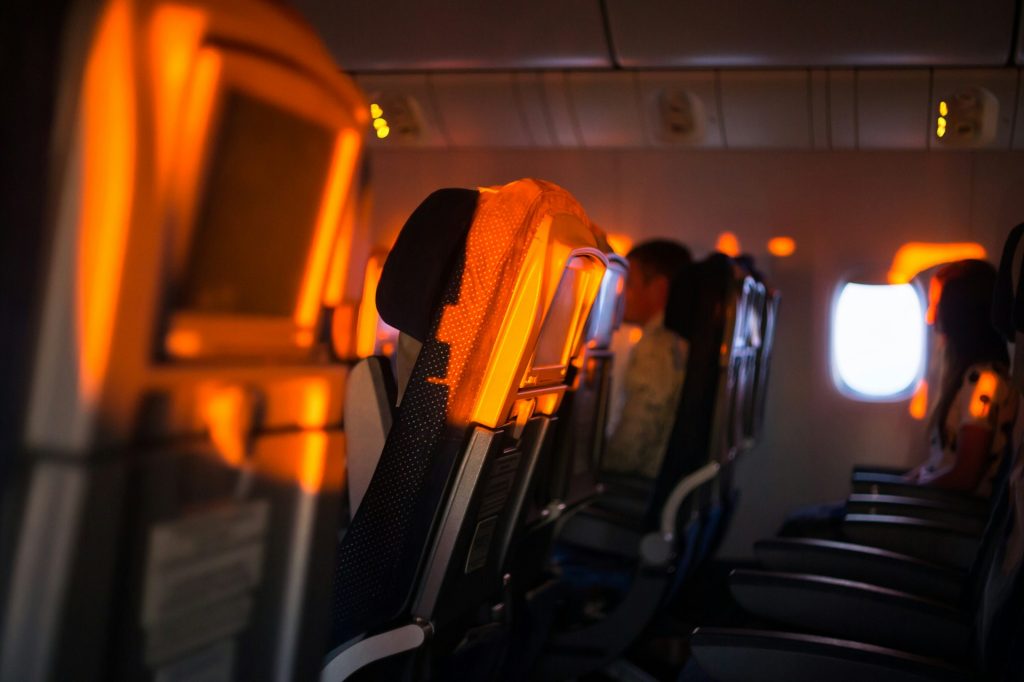
Photo from Unsplash
Despite inflation, tourists pack their bags to travel to some of the world’s most exciting places. According to the United Nations, international tourism recovered to pre-pandemic levels in 2024, with 1.4 billion global tourist arrivals recorded.
More tourists also take longer flights to reach top-traveled countries like France, still the world’s top destination in 2024, with 100 million visitors recorded, according to the country’s tourism ministry.
American citizens who take a 10-hour flight to France contribute to the high number of international visitors arriving in the European country.
But a long-haul flight has health implications that travelers should be more aware of. It is estimated that over 5% of commercial airline passengers have severe health problems, according to a 2021 British Thoracic Society Standards of Care Committee study.
And one of the most harrowing health problems is the effect of long travel on passengers’ blood flow. In this article, we discuss why airline passengers and cabin crew in long-distance flights are at risk of deep venous thrombosis (DVT) and pulmonary thromboembolism (PTE), which are major causes of mortality in sedentary patients.
How does flying affect blood flow?
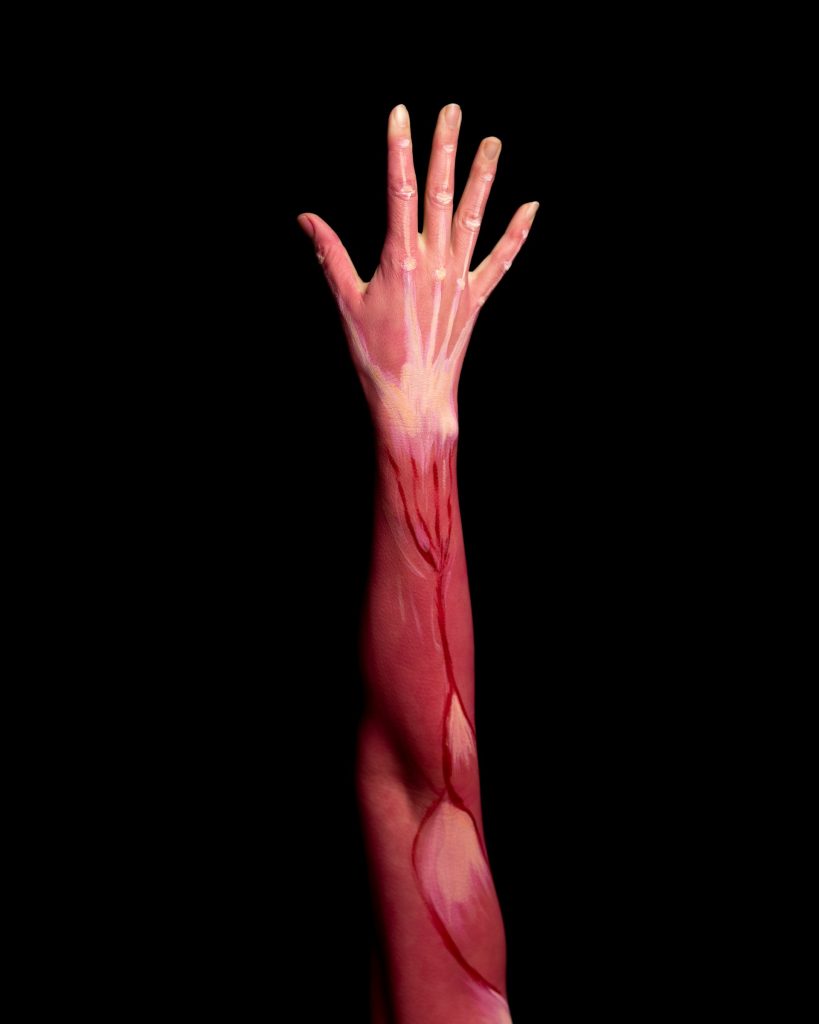
Photo from Unsplash
DVT is a health issue that happens when a blood clot forms in the deep leg veins, according to Penn Medicine. It becomes life-threatening when the clot breaks off and moves through the bloodstream, causing an embolism or blockage in the blood vessel.
When you are on an airplane, you could experience DVT due to limited mobility for long periods of time. The risk of getting DVT is even higher when you suffer from varicose veins or enlarged veins.
Another thing about air travel is that when you are higher, the less oxygen the body will carry, and the higher the blood pressure will be.
Those with normal or low blood pressure will not be too affected. But those with high blood pressure are more at risk of heart failure, coronary artery disease, and other health conditions if they are not careful.
Intercontinental air travel is linked to a high incidence of DVT and PTE during or within 48 hours of long-haul flights, according to a 2021 Anatolian Journal of Cardiology study. This is often called economy class syndrome, which affects cabin crew and passengers.
It also showed that DVT risks are low for cabin crew, who are constantly moving on the plane. However, pilots are at high risk of developing DVT because they sit in the cockpit for longer hours.
Air passengers traveling more than eight hours are also found to be at high risk of developing DVT and PTE, according to the same study.
Finally, chronic venous insufficiency (CVI) is a health issue during long flights. It is caused by high blood pressure in the leg veins due to long periods of sitting and standing, and DVT.
Johns Hopkins Medicine reported that CVI is not a serious health threat, but if you fail to treat it, it could be painful and disabling. You could experience swelling, cramps, skin changes, varicose veins, or leg ulcers if CVI remains unaddressed.
Why do feet swell when flying?
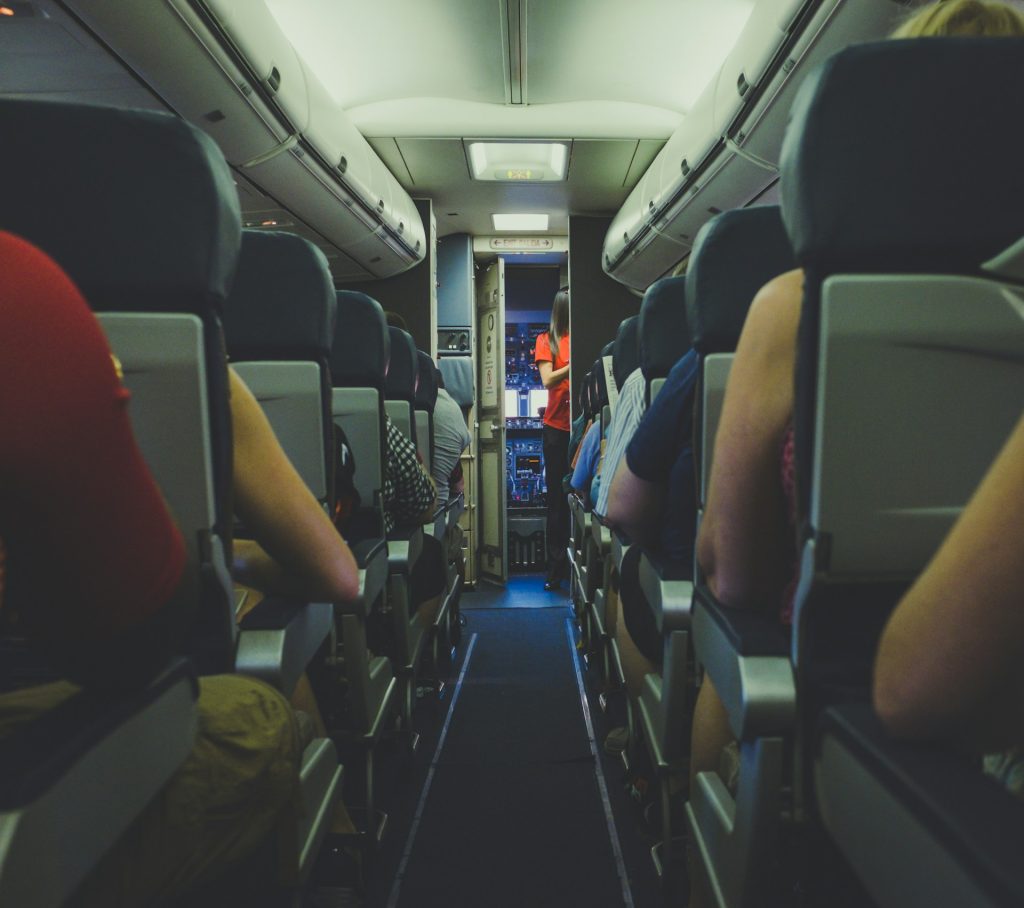
Photo from Unsplash
Air passengers also commonly experience leg and foot swelling due to a long sitting time without moving during a flight.
According to the Mayo Clinic, sitting with the feet on the floor for long hours can lead to blood pooling in the leg veins. The position of the legs while sitting also increases pressure in the leg veins, which leads to swelling by “causing fluid to leave the blood and move into the surrounding soft tissues.”
Venous blood pooling also happens when you have CVI, which means a vein is weak or damaged, USA Vein Clinics said.
Veins help pump blood back up to the heart, so they have to work against gravity to return blood to the heart. They work the hardest, especially veins in the legs, because they are farther from the heart, which takes it longer to pump blood back to the heart.
How do you keep blood circulation when flying?
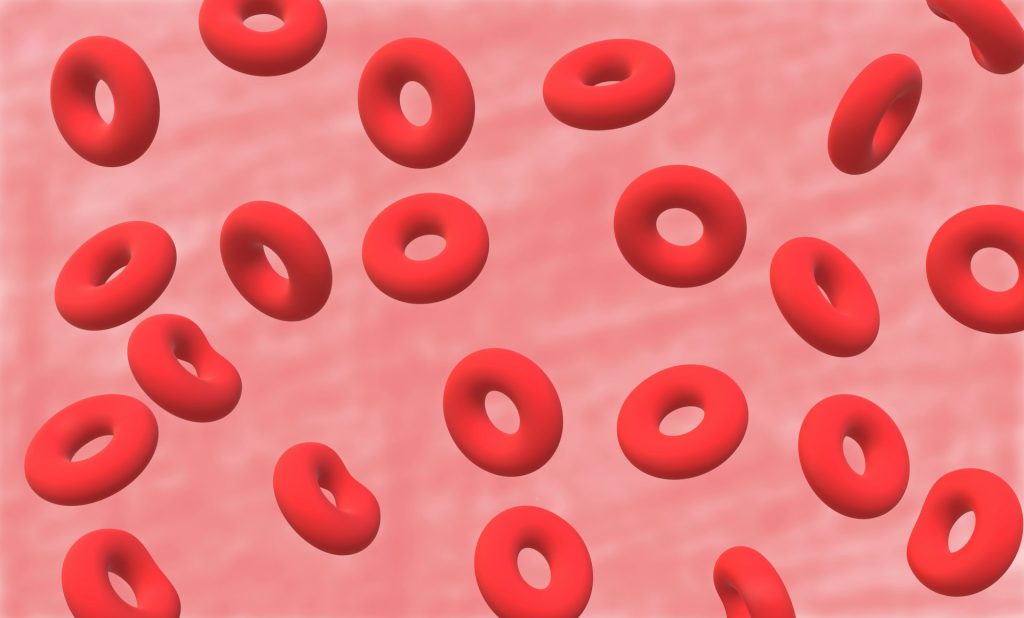
Photo from Unsplash
Luckily, these health problems can be dealt with through exercises, clothing, and other activities that can contribute to continuous blood circulation while on a flight.
One way of doing this is to wear comfortable clothes and loose-fitting clothing. It is best to avoid tight clothing as it could restrict blood flow on a flight that already limits movement and worsen blood circulation.
Wearing tight clothes reduces the blood’s ability to flow into and out of the legs, which causes blood pooling in the legs, achiness, swelling, and varicose veins. So it might be time to switch to baggy sweatpants from fashionable tight jeans.
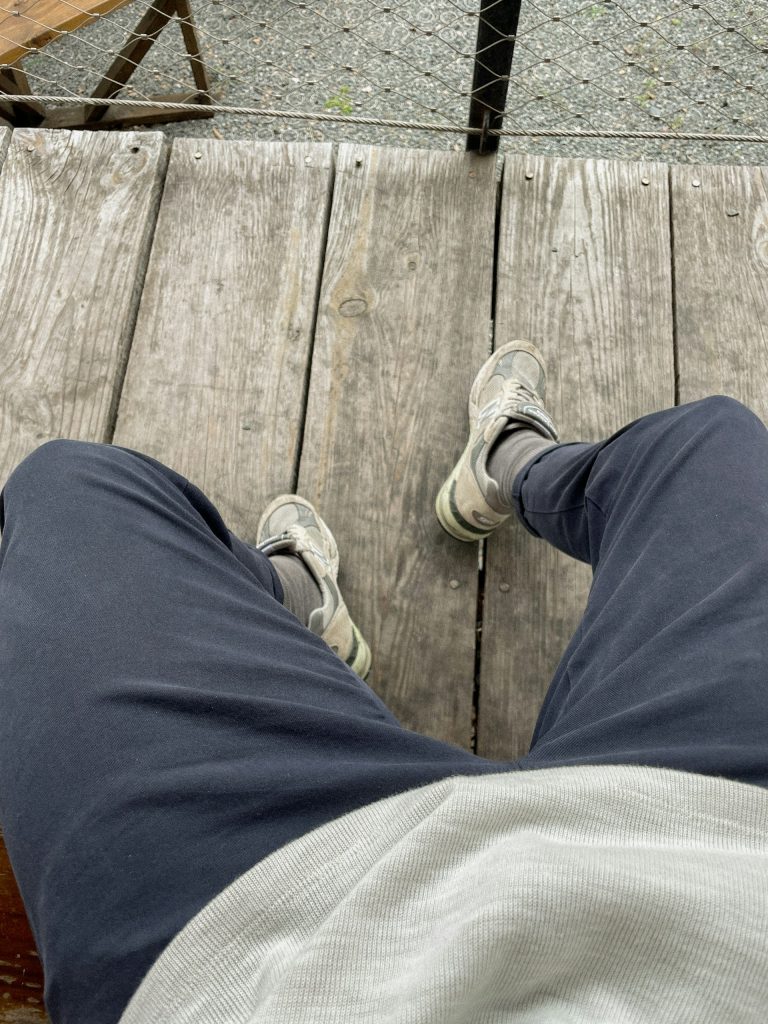
Photo from Unsplash
It has been repeatedly established that health risks happen because of being sedentary for long hours. This means simple exercises during, before, and after a flight can improve blood circulation and prevent blood pooling and other complications.
Some basic movements to do are bending and straightening the legs frequently, massaging the calf muscles, and walking up and down the aisles.
But you can also take the extra mile by doing different movements, such as ankle rotations. To do this, lift your feet off the ground and rotate the ankles in circles in clockwise rotation five times, and repeat it again but in a counterclockwise motion. Do this three times.
Next, calf raises. To promote leg circulation, raise your heels off the floor while seated. Afterwards, lower them back down. Repeat this several times.
To prevent leg stiffness, perform leg extensions by extending one leg out in front of you and flexing your foot, and bringing it back down. Do this with the other leg a few times.
If you are seated in an area with minimal leg room, hip circles can also heighten movement and prevent stiffness. Seated hip circles can be done by lifting one knee and starting to make circular motions with the hip joint. Move the knee forward, to the side, back, and then to the other side like performing circles.
Knee hugs and glute clenches are also some low-key but effective exercises when you have tighter spaces in your seat. Knee hugs can be done by sitting upright and bringing one knee towards the chest and hugging it with the arms. Hold this position for a few seconds and then switch to the other knee.
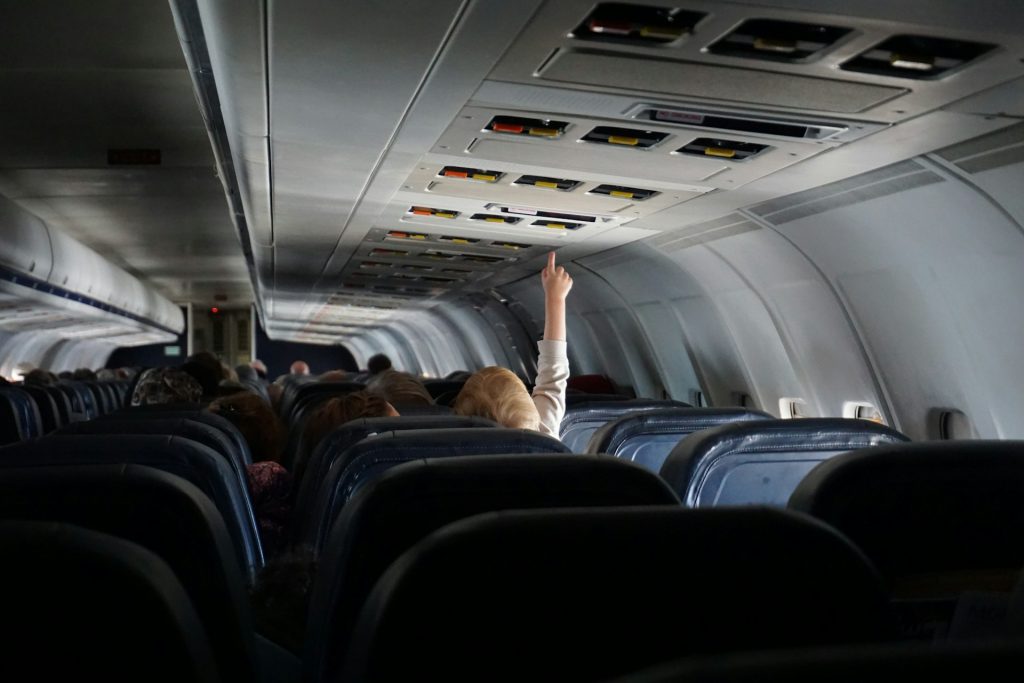
Photo from Unsplash
Meanwhile, you can start glute clenches by squeezing your glutes tightly and holding for a few seconds before releasing.
Clothes and exercises are not the only factors to keep in mind during a long-haul flight. Passengers should avoid eating salty snacks and drinking alcohol. Taking the appropriate medication is also a smart move, especially when you have high blood pressure and pulmonary diseases.
Lastly, it also doesn’t hurt to consult your doctor if you are safe or fit to ride a plane for long-haul flights. This will ensure a worry-free and stress-free flight.
Should I wear compression socks on a flight?
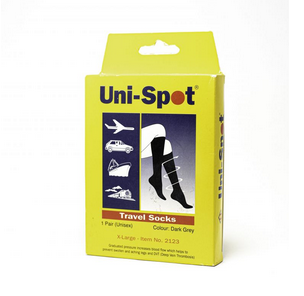
Comfortable and loose clothes may help improve blood circulation, but compression socks may also help prevent blood pooling and poor blood flow.
According to the Mayo Clinic, compression socks on a long flight apply pressure to the lower legs, which can reduce foot and leg swelling and decrease the risk of blood clots.
Compression socks, also known as graduated compression socks or stockings, squeeze at the ankles, which helps keep blood flowing by forcing blood in the legs to return to the heart.
The National Health Service also said comfortable socks help prevent swelling and decrease discomfort for passengers on long flights.
Another evidence from a 2021 Cochrane Library Review showed that wearing compression socks reduced the risk of asymptomatic DVT when traveling on a flight with more than four hours.
When flying, compression socks are recommended for pregnant people, those who have had recent surgery, have a clotting disorder, have varicose veins, or have swollen legs.
Air travel passengers may generally wear compression socks without danger, but one must still check with a healthcare provider if they are eligible to wear compression socks.
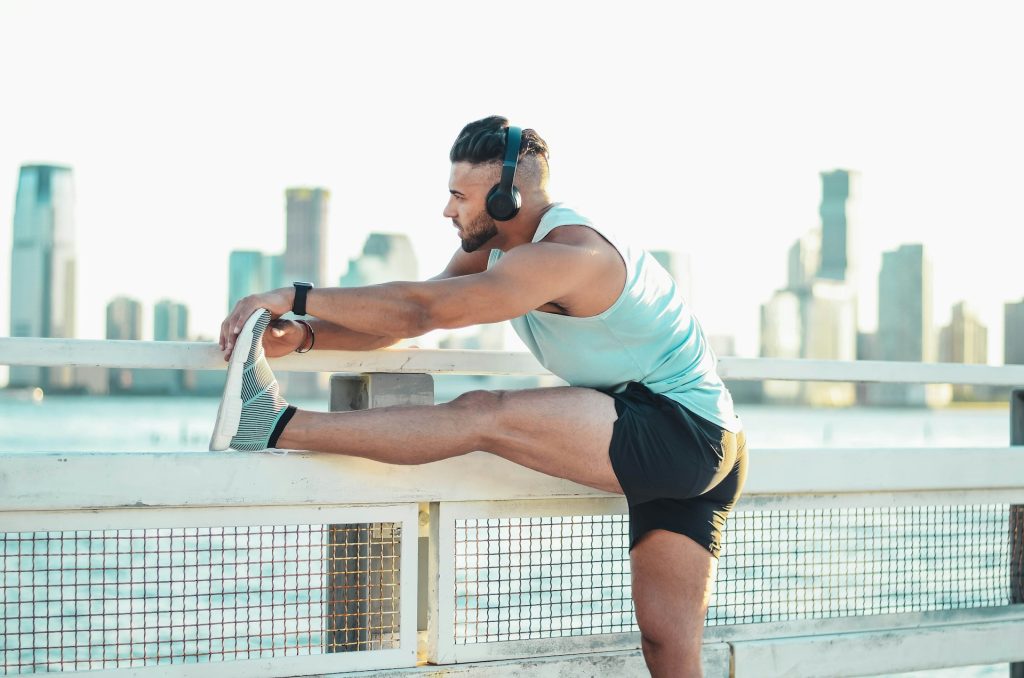
Compression socks are not advisable for those who have peripheral artery disease (PAD) or diabetes, a 2020 BMJ Open Diabetes Research & Care journal revealed. If you have cancer or recently had surgery for varicose veins, then you can’t wear compression socks either.
Those who are allergic to latex should also skip compression socks when flying and should use other methods to prevent blood pooling and other health risks.
Using compression socks also has side effects such as loss of circulation, burning or chafing, bruises, and broken skin. But these side effects won’t happen if the socks are properly worn and fitted.
What kind of compression socks should I wear for flying?

Side effects can be avoided if the compression socks are worn properly and the correct socks are chosen for flying.
Here are some types of medical compression socks:
- Graduated compression socks – It has the most pressure around the ankles and less pressure as the socks go up the legs. It encourages pumping blood back to the heart.
- Non-medical support hosiery – It creates a balanced amount of pressure around the full stocking. It is good for tired and achy legs.
- Anti-embolism stockings – They provide uniform pressure throughout the stocking, but have less pressure than graduated compression stockings. It can be worn by a person who is moving a lot and/or is recovering from surgery.
Before going on a flight, try on your compression socks and practice wearing them a few times. It will help you get used to the clothing before boarding an uncomfortable and long flight. After this, you can begin wearing it before boarding your flight, while at the gate.
It’s important to wear the socks before the flight, but also keep in mind the side effects mentioned above.
Compression socks can be bought in several stores, but GulfPhysio offers a state-of-the-art travel sock that is perfect for long journeys because it’s made from breathable materials such as cotton, bamboo, and elastane.
For AED 60 or US$16.34 (USD 0.27 = AED 1), Uni-spot Travel Socks are comfortable, durable, and can wick away sweat. It’s available in small, medium, large, and extra large.
How do I treat DVT?
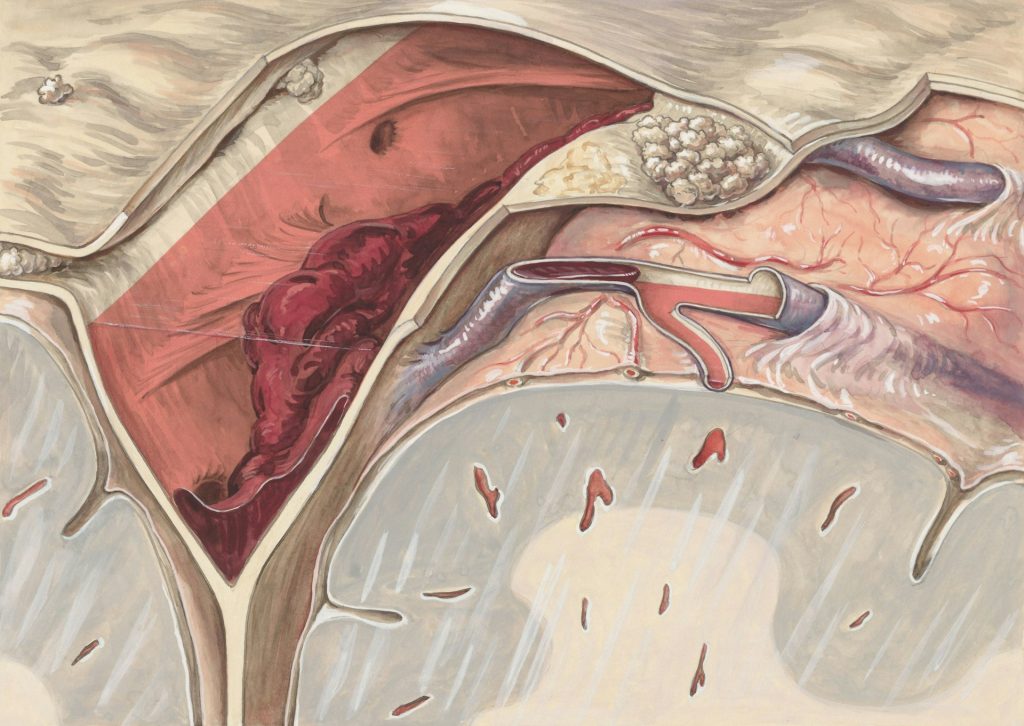
Photo from Unsplash
When DVT worsens after long flights, there are several treatments to address the health problem.
Penn Medicine reports that there are two types of DVT: one is acute, and the other is severe or chronic DVT and PTS.
To treat acute DVT, options include anticoagulation medication to prevent clot expansion and embolism. Patients diagnosed with large, symptomatic clots may undergo a procedure called DVT thrombolysis may be done. It involves using a “catheter to deliver clot-dissolving medication or mechanical devices to rapidly remove the clot.”
The process can also help reduce long-term vein damage and reduce the risk of post-thrombotic syndrome, especially when performed within 10 days of symptom onset.
An Inferior Vena Cava (IVC) filter may also be used if anticoagulation is not recommended, to prevent clot migration to the lungs.
Those with Chronic DVT and PTS can undergo procedures such as angioplasty and stents to open blocked veins.

